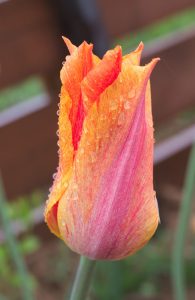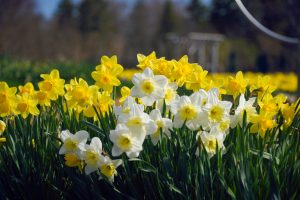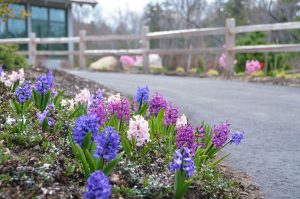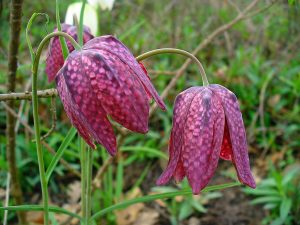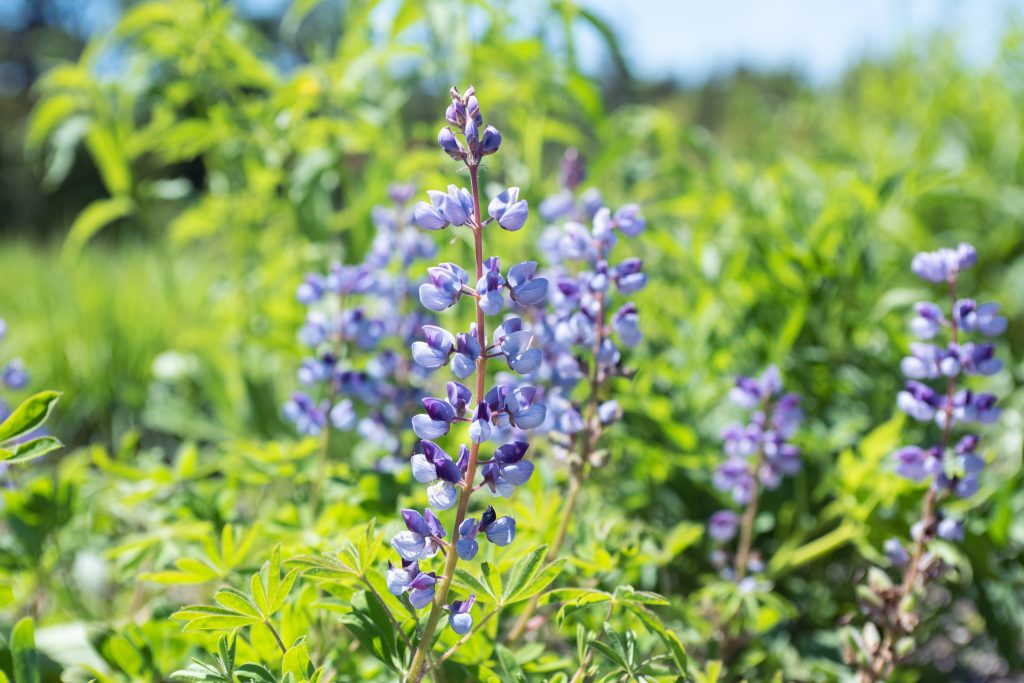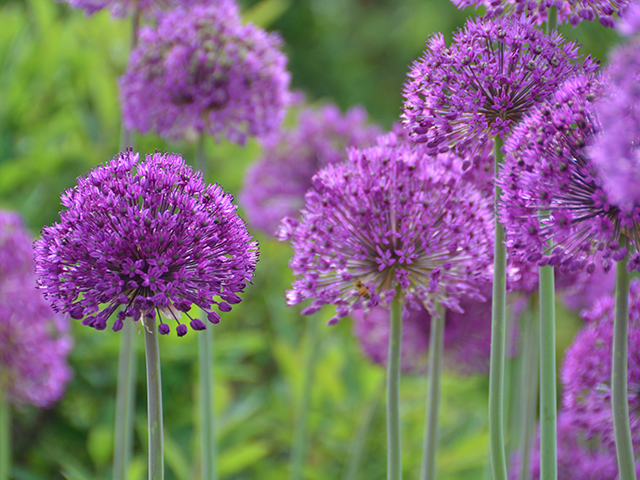Here in Maine, we know winter. We’re old companions and have learned to tolerate each other, but come spring? There aren’t many of us who aren’t ready for the welcome sight of early spring flowers. But in order to get to that bold display of early color, we need to plant them. And we need to plant them relatively soon.
Enter our bulb queen (also known as Horticulturist Courtney Locke) who kindly shared with us five of her favorites. (And if you have any doubt that she is the bulb queen, just watch her face as she talks about them; you’ll be a believer.)
